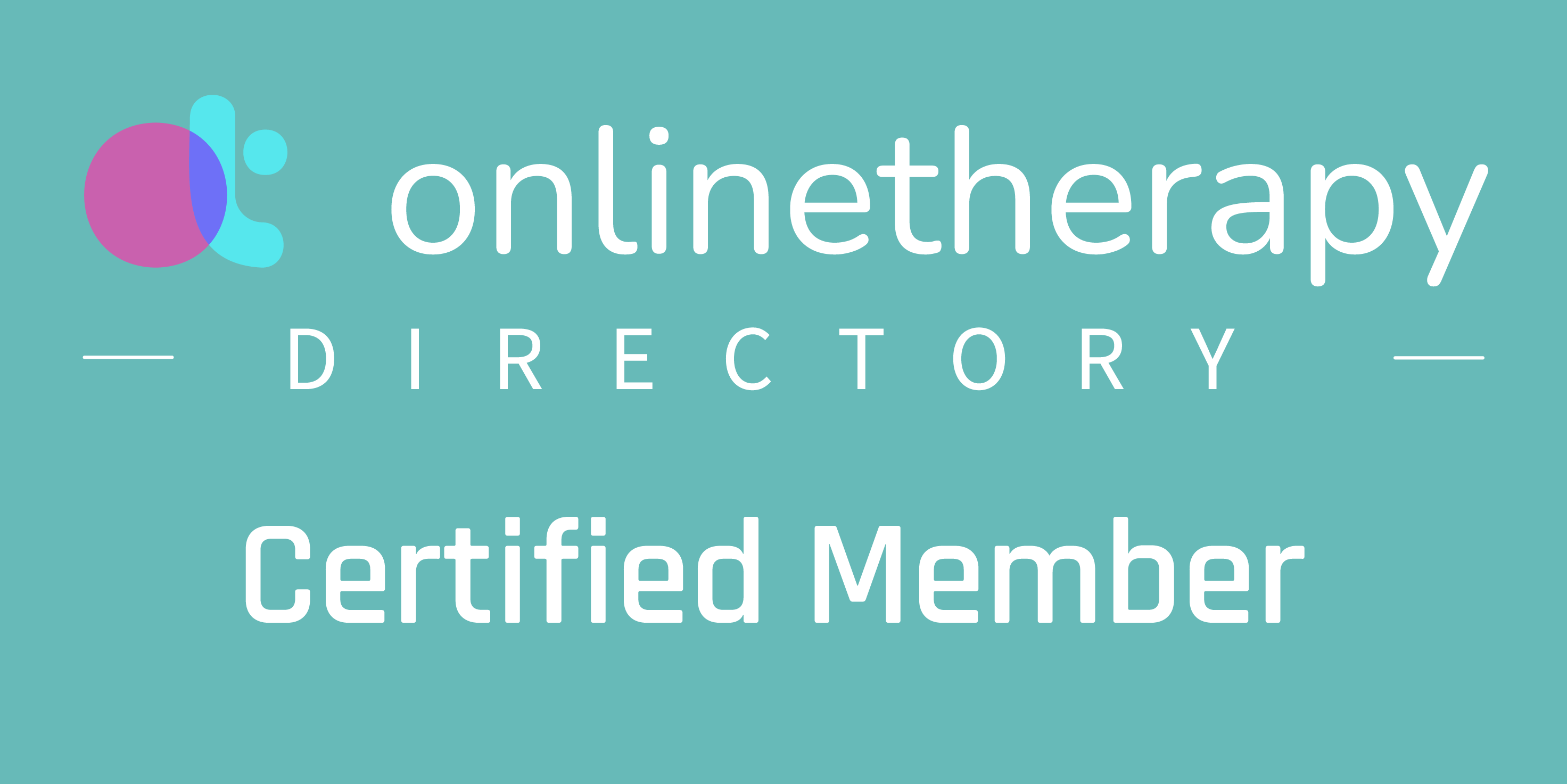Understanding and Navigating Polyamory
In the realm of relationships, polyamory emerges as a unique and complex form of partnership. As a therapist specializing in relationships, I have observed and assisted many who navigate the intricate dynamics of polyamory. This article aims to demystify polyamorous relationships, addressing their various structures, the unlimited potential of love, and the challenges individuals face, especially when communicating their lifestyle to family and friends.
Various Polyamorous Relationship Structures
Hierarchical Polyamory: In this structure, there is a primary relationship that takes precedence over other connections. Secondary and tertiary relationships may exist, but they do not have the same level of involvement or decision-making power as the primary relationship.
Non-Hierarchical Polyamory: All relationships are given equal weight and importance. No single relationship holds precedence over others.
Vee or Triad: This involves three individuals, where one person is romantically involved with two partners who are not romantically involved with each other (Vee) or all three are involved with each other (Triad).
Quad: A relationship involving four people, often two committed couples who engage in a polyamorous relationship together.
Solo Polyamory: Individuals who identify as polyamorous but are not interested in establishing a primary or nesting partnership.
Polycule: A complex network of interconnected polyamorous relationships, often visualized like a molecular structure.
Love Is Not Limited
Polyamory challenges the conventional notion that love is finite. It posits that one's capacity for love is not limited to a single person. In polyamorous relationships, love is viewed as abundant and capable of growing, much like how one's love for a new child does not diminish the love for the first child. This perspective appeals to the curiosity of those who question traditional relationship norms and encourages a non-judgmental approach to understanding love's boundless nature.
The Joys of Polyamorous Relationships
Polyamory offers a unique tapestry of emotional and romantic experiences that differ from monogamous relationships. Here are some of the joys that people often find in these relationships:
Diverse Emotional Support: Having multiple partners can lead to a broader support network. Each partner brings their unique strengths and perspectives, offering a rich source of emotional support and care.
Enhanced Personal Growth: Polyamorous relationships often encourage individuals to explore different aspects of themselves. They provide a space for personal development and self-discovery.
Deeper Communication: Polyamory typically requires advanced communication skills. This emphasis on open, honest dialogue can lead to deeper and more meaningful relationships.
Variety of Experiences: With multiple partners, individuals experience a range of activities, hobbies, and social circles, enriching their lives with diverse experiences.
Expanded Love and Intimacy: Contrary to the notion that love is limited, polyamory celebrates the ability to love multiple people deeply and intimately.
Challenges: Communicating with Family and Friends
One of the most significant hurdles in a polyamorous relationship is discussing it with family and friends. The fear of judgment, misunderstanding, or causing worry often makes this a delicate topic. It is a journey that requires courage, clarity, and patience.
Five Tips for Communicating Your Polyamorous Choices
Self-Reflection: Before discussing your relationship style with others, be clear about your reasons and beliefs. Understand why this choice is right for you and be prepared to articulate your feelings and thoughts.
Educate Yourself: Arm yourself with knowledge about polyamory. Being well-informed will help you answer questions and address common misconceptions.
Start with an Open Dialogue: Approach the conversation with openness and honesty. Be prepared for a range of reactions and give your family and friends time to process the information.
Set Boundaries: Clearly communicate your boundaries regarding discussions about your relationship choices. Respectful dialogue is key.
Seek Support: Connect with polyamory support groups or a therapist who understands non-monogamous relationships. They can provide valuable advice and support.
Navigating Holidays in Polyamorous Relationships
Holidays can be a challenging time for polyamorous groups, as they often involve balancing multiple partners' needs and desires. Here are some strategies to help navigate these times:
Plan in Advance: Early planning can help avoid last-minute conflicts. Discuss holiday plans well in advance and be open to compromises.
Rotate Holidays: Consider rotating holidays between partners or creating new traditions that include everyone. This approach ensures that no one feels left out.
Celebrate Together: If feasible, organize joint celebrations. This can strengthen the bond between all partners and create a sense of unity.
Respect Individual Traditions: Acknowledge and respect each partner's unique holiday traditions. Incorporating these into your celebrations can make everyone feel valued.
Communicate with Extended Families: If families are involved, communication is key. Discuss with your partners how you will navigate family gatherings and manage expectations.
Focus on the Spirit of the Holidays: Regardless of the logistical arrangements, centering on the holiday's spirit — be it gratitude, love, or celebration — helps maintain a positive and loving atmosphere.
Polyamory, with its diverse structures and challenges, is a journey of exploration into the depths of human relationships and the nature of love. As we expand our understanding and acceptance of different relationship models, it becomes crucial to communicate our choices with clarity and compassion. By embracing openness and respect, we pave the way for a more inclusive and understanding society.


